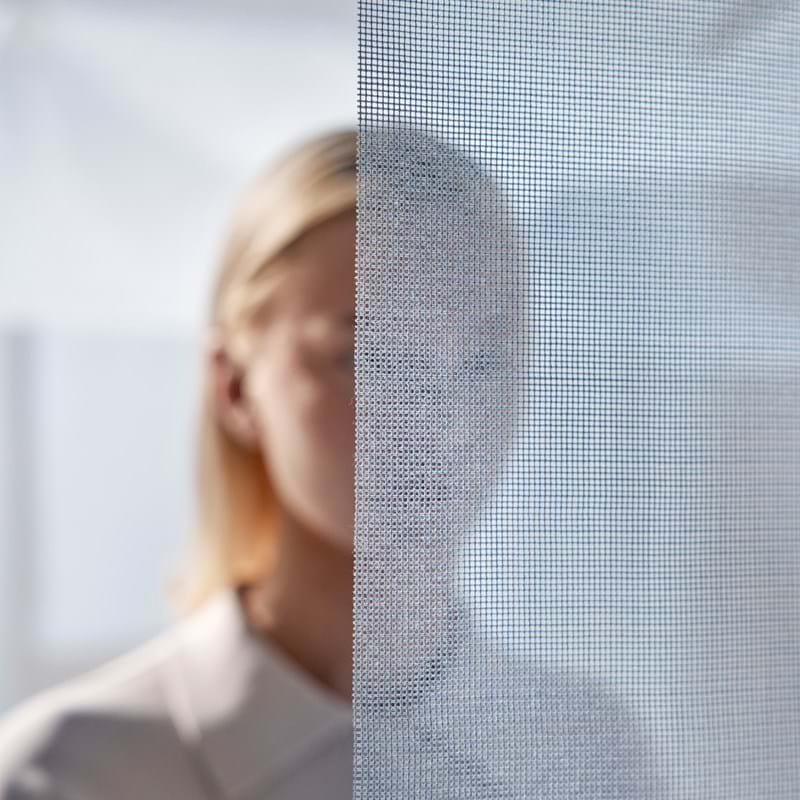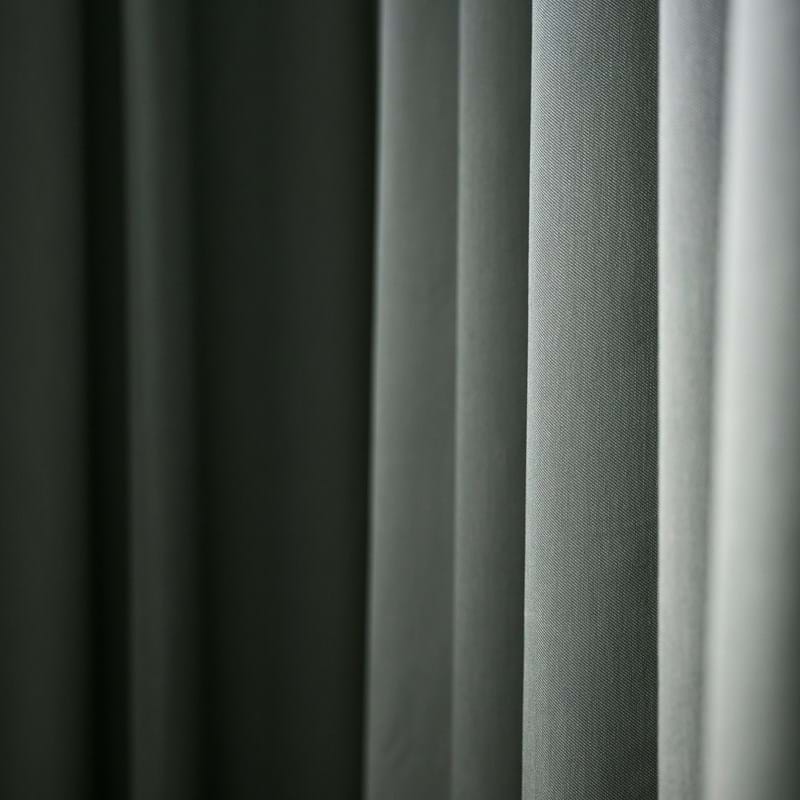As daylight shifts with the seasons and throughout the day, the environment should also be able to change. Having the possibility to control your surroundings creates a sense of security, focus, and involvement – which in turn affects both our wellbeing and our performance.
Being able to influence one’s immediate surroundings is important for our wellbeing. Studies show that the sense of control over aspects such as light and sound helps people feel more comfortable and perform with greater focus.
With hanging textiles, it is possible to create environments that can be quickly adapted to the activity, the time of day, or the weather outside. What is, at its core, a practical solution is therefore also a prerequisite for creating environments where people feel good.
Different thicknesses and qualities to combine
One of the most effective solutions for working with daylight is to combine different textiles in layers. This creates the possibility to shift between different light levels, depending on the activity or need.
To make it easier to find the right textiles, we have categorised our products into four levels of transparency:

Transparent
Gently filters the light, letting through the most daylight.

Semi-transparent
Allows daylight through while providing some protection against glare.

Full coverage
Provides clear screening against light and visibility without creating darkness. An effective protection against glare.

Dimout
Lets through less than 1% of light. Very effective protection against glare.
How to create rooms with a sense of control
Alternate between fixed and flexible
Combine fixed furnishings with textiles that can be drawn, folded away, or moved along rails to easily adapt the room to daylight, needs, and activities.
Adapt to orientation
There is no single “perfect” solution that works best everywhere. Some orientations require more screening, others only filtering, while some, on the contrary, need to enhance the light. See our quick guide to daylight and orientation.
Think activity
A classroom requires different solutions than a quiet zone in the office.
Work in zones
Use different textiles in different parts of the room, depending on the need.
Think individual
Create opportunities for the individual user to influence their immediate surroundings. This provides a stronger sense of control and greater wellbeing.